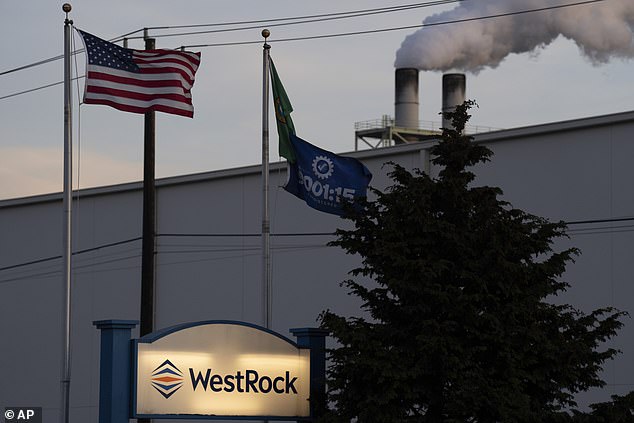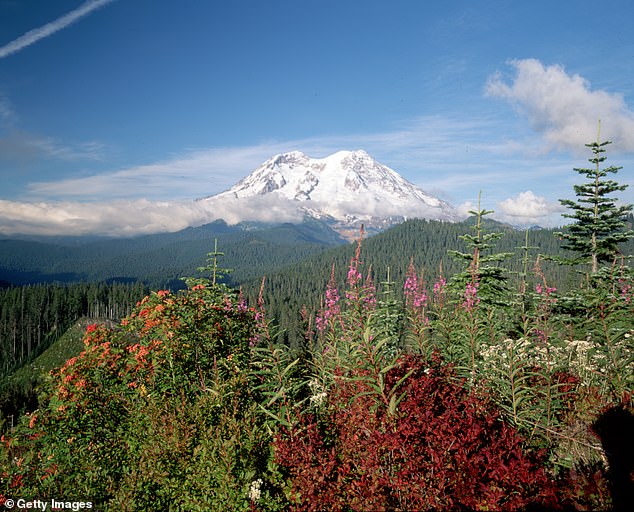Mystery of extreme odor that wafted across two states is finally solved
The source of a mysterious and unpleasant odor that sparked widespread concern among residents of two Pacific Northwest states has finally been found.
Nearly two months after first reports of the foul odor – described by residents as akin to sulfur, natural gas or burning garbage – authorities believe they have discovered a possible cause.
The Smurfit Westrock paper mill in Longview, Washington, “likely contributed” to the acrid odor that wafted through southwestern Washington and northwestern Oregon in September, the Washington State Department of Ecology found.
Still, the agency cannot say with certainty that the mill was the sole cause of the putrid odor that led to a flood of complaints and widespread speculation among residents.
“Ecology’s investigation determined that the WestRock facility in Longview likely contributed to the odor,” the agency wrote.
‘However, based on the data we cannot conclude whether this ventilation is responsible for all odor complaints in the region.’
Without a clear source and with mounting complaints, authorities began their investigation using whatever leads they had at the time.
Before laying the blame on the factory, authorities speculated that a nearby active stratovolcano, Mount St. Helens – just over an hour’s drive from the paper mill – may have contributed to the odor.
The Smurfit Westrock paper mill in Longview, Washington “likely contributed” to the pungent odor that wafted through southwestern Washington and northwestern Oregon in September, the Washington State Department of Ecology determined. Pictured: Steam is released into the air from the Smurfit Westrock Longview paper mill

The Smurfit Westrock Longview paper mill produces cardboard materials, including container board and corrugated containers. Pictured: Smurfit Westrock Longview paper mill in Longview, Washington
Although after further investigation the volcano was eventually ruled out.
“In general, odor surveys are challenging to address and are often inconclusive,” ecology department officials said as the investigation progressed.
Authorities later discovered that on September 24, the Westrock paper mill vented a gas stream that contained chemicals that cause odors.
However, the amount the plant blew off was within the limits of its permit to do so, the DOE revealed.
Although not performed daily, venting is an integral part of the plant’s normal operations and is permitted under the terms of the plant’s permit.
“Smurfit Westrock can confirm that no air permit violations occurred at the plant as of September 24, 2024, and there is no indication that the Longview paper mill was the source of the odors cited in the complaints,” the company said at the time in a statement.

Before pinning the blame on the factory, authorities speculated that a nearby active stratovolcano, Mount St. Helens (pictured) – just over an hour’s drive from the paper mill – may have contributed to the odor.
The permit requires the company to report each venting round, just as it did on September 24.
In a later review of the facility’s emissions data, the DOE found that emissions of the odor-causing chemicals were too small to pose a threat to human health or the environment.
The department also said its conclusions were based on air quality and meteorological data, emissions data, official odor complaints and personal visits to assess operating conditions at WestRock and another nearby paper mill.
The agency added that it could not say for certain whether other sources contributed to the strange odor, adding that no data is available to confirm whether the facility was also responsible for the odor complaints in nearby Vancouver and Portland .
